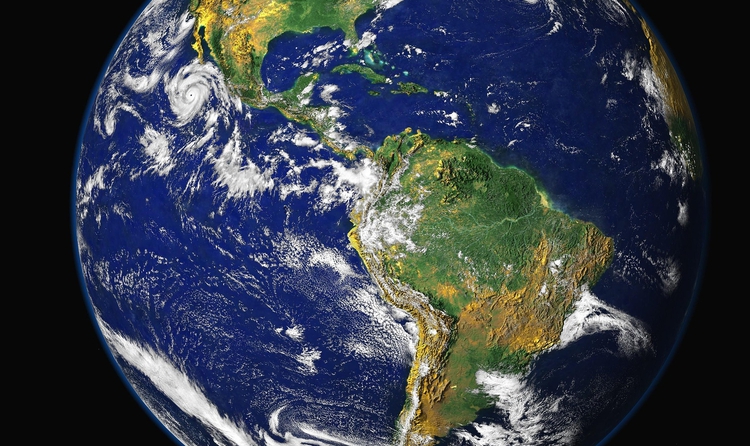Just because there are registered patents on weather modification does not mean that they work (or that they modify the weather)

That doesn’t imply either that they can modify the weather

A podcast that has nearly 1,000 plays on iVoox and is available on other podcast platforms such as Spotify has claimed that it is false that you cannot modify the weather because numerous technical patents with that purpose have been registered.
This claim is MISLEADING. Yes, patent registers include dozens of methods for modifying weather conditions, albeit in a specific and localised way. Furthermore, just because there is a patent on a technique does not mean that it works or that it will be realised. Rather, it means that its owner believes it has commercial potential. Currently, it is not possible to modify global temperatures or the climate in general with any tool.
It’s not that there are one or two, it’s that there are a ton [of patents for weather modification techniques with] different names and different methods, but in the end [they are for] the same thing: climate modification. The thing they tell you they can’t do.
In 1940 it was discovered that silver iodide could make ice crystals form under conditions similar to those in the clouds, potentially ‘accelerating precipitation’ if it were sprayed on them. Since then, scientists have been researching how to alter the way in which water transforms and moves within a cloud, with the purpose of modifying certain dangerous weather events, such as fog and hail.
Specifically, this chemical compound reduces the size of the hail produced during certain types of storms. It is used in certain countries around the world – including in Spain. According to the website of the Chamber of Agriculture of the Community of Madrid, no evidence of adverse effects on wildlife and aquatic species has been found, nor has there been any accumulation of silver at detectable levels in the soil, subsoil, streams and existing reservoirs in planted areas, as we explained on a different occasion.
Cloud seeding with silver iodide is not the only weather event modification technique out there. As José Luis Camacho Ruiz, meteorologist and representative of Spain’s State Meteorological Agency (Aemet) in Catalonia, tells Verificat, there are also projects in existence to modify “precipitation, fog and hail”, but these always have “very, very limited effects”. This document from the World Meteorological Organization, published in 2017, explains that “operational programmes to modify the weather […] are taking place in more than 50 countries worldwide”.
Geoengineering and climate mitigation
There are also technologies that attempt to modify the climate, i.e. geoengineering. Universities such as Harvard have research programmes devoted precisely to advancing this area of knowledge, developing projects such as solar geoengineering and carbon capture technologies.
The goal of this research is to serve climate mitigation, i.e. to partially reduce some of the impacts of climate change. In the Spanish Patent and Trademark Office, Spain has registered patents that are aimed precisely at mitigating climate change, ranging from projects dedicated to renewable electricity generation to projects dedicated to greenhouse gas capture.
The aforementioned are registered patents, which is to say, they have been approved by the Spanish Patent and Trademark Office, and they meet a series of requirements that guarantee their viability.
But not all patents are registered and meet said requirements, as is the case for the ones that appear in directories such as Google Patents under “Devices or methods for influencing weather conditions”.
Over 700 patents that supposedly allow weather modification are listed there. However, just because they appear in a directory like that does not guarantee that they have been approved by the patent office in each country, as Ana Cariño, technical advisor of the Spanish Patent and Trademark Office, tells Verificat.
This is something that the experts who were consulted by USA Today – which is, like Verificat, a member of the International Fact-Checking Network – also insisted on in a similar fact check in which they focused on a Facebook rumour by someone claiming that tornadoes can be man-made. In the same article, Paul N. Janicke, Professor of Law at the University of Houston (USA), where he teaches courses on intellectual property and law, put it as follows: “Just because somebody applies for a patent doesn’t mean that it works”.